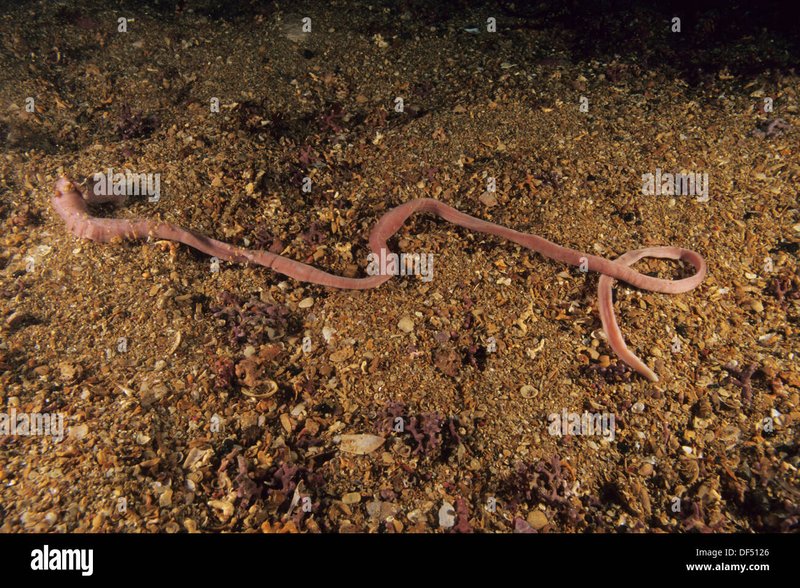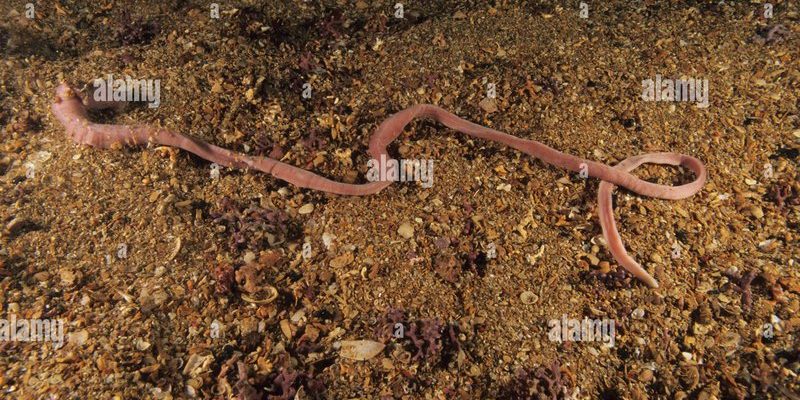
Getting started might seem daunting, especially if you’re new to photography or the world of marine organisms. But think of it this way: photographing ribbon worms is much like capturing any other subject in nature. It requires patience, an eye for detail, and a little bit of creativity. You don’t need fancy equipment to get the perfect shot; instead, understanding how to work with natural light and your surroundings will make all the difference. So, grab your camera, and let’s dive into this journey of capturing ribbon worms in all their glory!
What Are Ribbon Worms?
Ribbon worms, also known as nemerteans, are a type of soft-bodied invertebrate that can be found in marine environments around the world. They range in size from just a few inches to several feet long and come in a variety of colors and patterns. Their long, slender bodies are typically covered in a smooth, shiny skin that reflects light beautifully, making them stunning subjects for photography.
These creatures are not just pretty faces; they play a vital role in their ecosystems. Ribbon worms feed on small invertebrates and are often preyed upon by fish and larger marine animals. This makes them an essential part of the food chain in their natural habitats. When photographing ribbon worms, you might notice their fascinating behaviors, such as how they extend and retract their bodies or how they burrow into the sand. Observing these dynamics can lead to some captivating photographs.
So why photograph ribbon worms? For one, it’s a way to connect with nature and learn more about the little creatures that often go unnoticed. Plus, sharing your photos can spread awareness about marine life and their ecosystems, encouraging others to appreciate the beauty of the natural world.
Choosing the Right Time and Place
Timing is everything in photography, especially when it comes to capturing ribbon worms in natural light. These creatures are often more active during certain times of day, typically early morning or late afternoon when the sun is lower in the sky. During these golden hours, the soft, diffused light creates beautiful shadows and highlights, enhancing the colors and details of the ribbon worms.
Finding the right location is also crucial. Ribbon worms thrive in various environments, including tidal pools, sandy beaches, and rocky shorelines. Look for areas where the water is shallow and the light penetrates well. Tide pools, in particular, can be ideal spots since they often house a variety of marine life in a compact, easily accessible area. As you scout for locations, keep an eye out for signs of ribbon worms, like little burrows in the sand or their slender bodies peeking out from under rocks.
Also, remember that conditions can change quickly in natural settings. A sudden tide shift or cloud cover can alter the light, so it’s a good idea to have a flexible plan. Be patient and ready to adjust your approach based on the environment and lighting conditions.
Equipment: What Do You Need?
You might be wondering what equipment you need to start photographing ribbon worms effectively. While professional cameras can produce stunning results, a good smartphone can work just as well for beginners. Here’s a quick rundown of what you might consider:
- Camera: Any camera will do, but a DSLR or a mirrorless camera offers more settings to play with.
- Lens: For close-up shots, a macro lens is ideal. If you’re using a smartphone, look for macro attachments.
- Tripod: This stabilizes your camera, especially in low light or when capturing long exposures.
- Reflector: A simple white card can help bounce light onto your subject for better illumination.
- Waterproof Case: If you’re getting close to the water, a case can protect your gear from splashes.
Even if you don’t have all this gear, don’t sweat it! The most important tool is your eye for detail and composition. Focus on the angles, colors, and textures. You might find that the beauty of the ribbon worms shines through, regardless of the equipment at hand.
Mastering Natural Light
Natural light is your best friend in wildlife photography, especially when photographing something as delicate as ribbon worms. Here’s the thing: direct sunlight can be harsh and unflattering, so you’ll want to work with softer light.
In the early morning or late afternoon, the light is warm and gentle, casting longer shadows that can add depth to your photos. You want to position yourself so that the light hits your subject at an angle, which helps highlight their colors and contours. If you’re in a situation where the sunlight is too bright, consider using a piece of cloth or even your own shadow to diffuse the light until it’s just right.
It’s also helpful to be aware of the colors in your surroundings. If you’re shooting in a tide pool surrounded by green seaweed, the reflections can create beautiful hues on the ribbon worm. Be mindful of the background and how it complements or contrasts with your subject. Using a simple background can help keep the focus on the ribbon worms, making them pop in your shots.
Techniques for Capturing Ribbon Worms
Now that you’ve set the stage with the right environment and equipment, let’s talk techniques. Capturing ribbon worms in their natural habitat can be both exciting and challenging. Here are a few tips to help you get the best shots:
1. Get Close: Don’t be afraid to get up close and personal with your subject. Macro photography can reveal stunning details, like the texture of the worm’s skin or the patterns of its coloration.
2. Experiment with Angles: Changing your perspective can dramatically alter your photos. Try shooting from above, at eye level, or even from below the waterline. Each angle can create a different mood and highlight different features of the ribbon worm.
3. Focus on Movement: Ribbon worms are often active, extending and retracting their bodies. Capturing this movement can add life to your photos. If you’re using a camera with video capabilities, consider shooting short clips to capture their dynamic nature.
4. Be Patient: Wildlife photography requires a bit of waiting. Ribbon worms may not always be in the ideal position or showing off their best side. Patience will reward you with those magical moments where everything aligns for the perfect shot.
Ultimately, it’s about enjoying the process and connecting with nature. Each shot brings its own story, and you’ll find that the journey of photographing ribbon worms is as rewarding as the final images.
Editing Your Photos
Once you’ve captured your ribbon worms, it’s time to take a good look at the photos and think about editing. Editing can enhance the vibrancy of colors, adjust lighting, and even crop images for better composition. Here are a few basic editing tips:
– Adjust Brightness and Contrast: If your image is too dark or washed out, adjusting these settings can help bring out the details.
– Use Color Correction: This can enhance the natural colors of the ribbon worms, making them look more vibrant and true to life.
– Crop for Composition: Sometimes, cropping your image can shift the focus and create a more visually appealing shot.
If you’re not familiar with editing software, there are plenty of user-friendly apps available that can help you get started.
Editing should feel like fun rather than a chore. Think of it as putting the finishing touches on your masterpiece, bringing out the beauty you’ve captured in the wild.
Sharing Your Work
After you’ve mastered photographing ribbon worms, you might be eager to share your work with friends, family, or even the broader photography community. Sharing your photos not only allows others to appreciate the beauty of these incredible creatures, but it can also inspire conversations about marine conservation and the importance of protecting our oceans.
Consider posting your images on social media platforms like Instagram or photography forums. You could even start a blog detailing your experiences and the fascinating aspects of ribbon worms. When posting, don’t forget to engage with your audience—ask for their thoughts, share what you’ve learned, and encourage them to share their own experiences with wildlife photography.
Remember, your journey doesn’t end with sharing; it’s just the beginning. Each photo tells a story and has the power to spark curiosity and wonder about the world around us.
In conclusion, photographing ribbon worms in natural light is not just about snapping pictures; it’s an opportunity to connect with nature, understand marine life, and share that passion with others. So grab your camera, embrace the adventure, and enjoy the beautiful journey of capturing these unique underwater gems!

